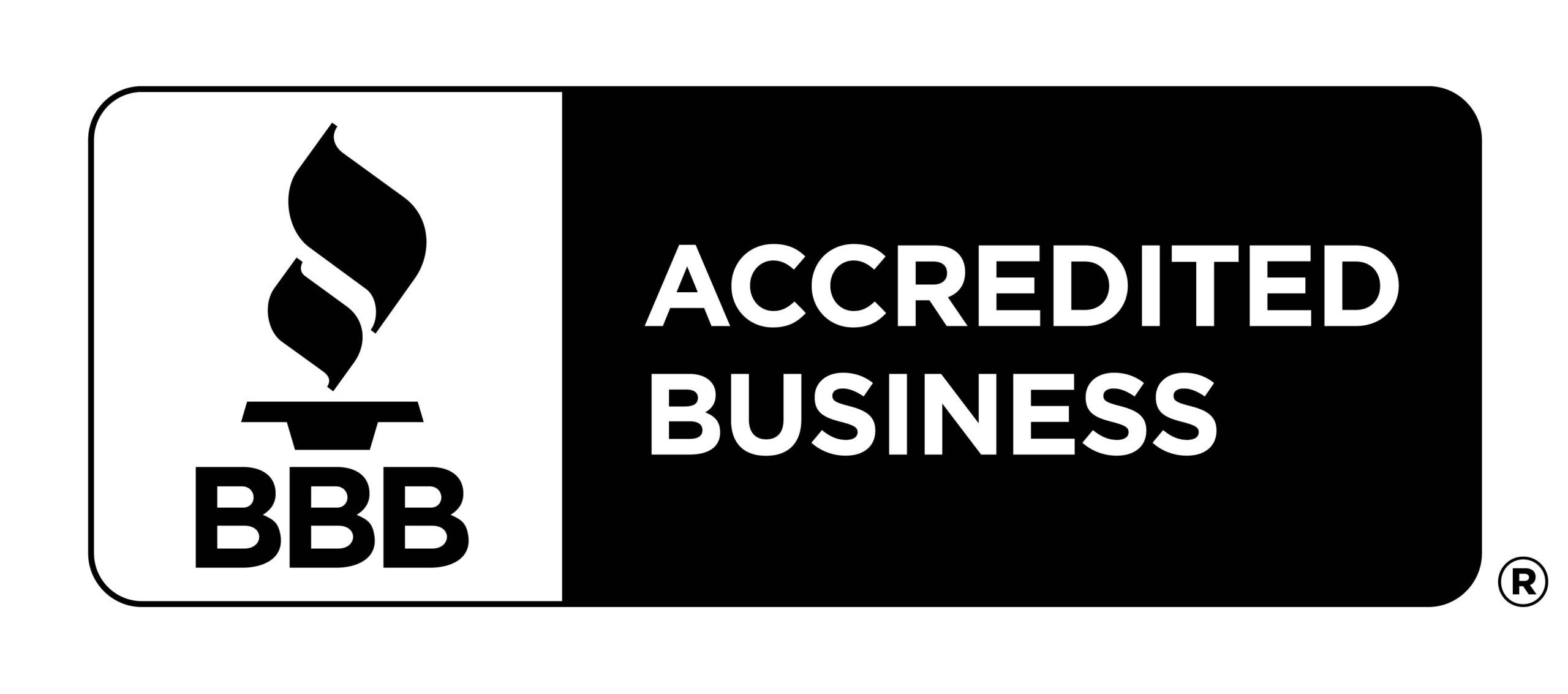Menu
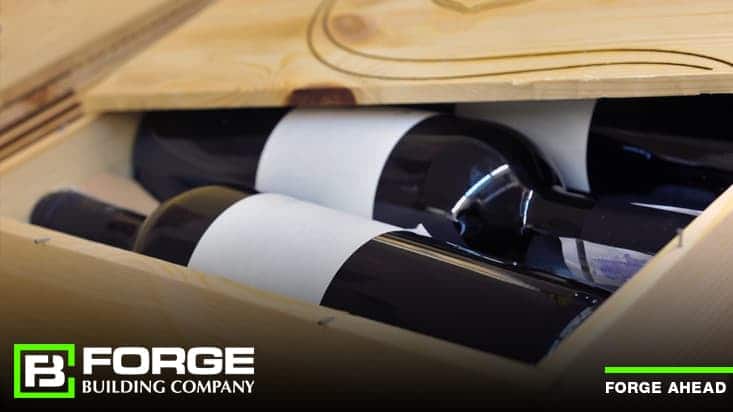
Wine storage is becoming increasingly popular as an addition to self storage facilities. However, the client base for this niche is very discerning and it may not be ideal for every market. That being said, some self storage owners have found success with this niche by building a dedicated area at their existing facility or adding one during construction of a new property. Following are tips to help in the planning and execution of a design that will help generate income by offering wine storage as a part of your self storage facility.
Self storage development has grown, and is still on pace to grow, significantly more than any other point in the industry’s 40-plus year history (see our blog 2022 Outlook for Self Storage). As more and more competitors are coming into each market around the country, self storage facility owners must find new ways to differentiate themselves in their markets. This can include adding features such as boat/RV storage, high-security art storage, and/or wine storage.
Wine sales in the United States have continued to climb over the past two decades, leading some self storage owners to add wine storage to their business as a niche offering. While this service isn’t ideal for every market, many self storage owners have found success by building a dedicated area at an existing facility or adding it during construction of a new property.1
Wine storage can serve as a great addition to self storage, but it’s highly dependent on the region of the country. Wine-storage rooms also require a special touch during development and construction to ensure the contents will be properly preserved. The location of your facility as well as correct design of the storage area is important for success.
If you are considering adding wine storage to your facility, you should start with a thorough analysis of the region by a professional who’s familiar with the self storage industry and this specific storage type. Having a detailed understanding of the market and potential future supply is paramount in determining financial viability. You must consider the competition as well as population and industry growth.2
Making sure you don’t overbuild for wine storage in the market is also key, since wine-storage clients comprise a much smaller demographic than the general self storage client base. Affording expensive wine is one thing; paying to store it only further shortens your list of potential tenants. On the other hand, room to grow with the market is also important.

Wine enthusiasts that collect expensive, rare, and vintage wines sometimes look to resources outside their home to ensure proper storage. Restaurateurs and commercial sellers often require additional space for their wines as well. Self storage operators with the right environment can fill these special storage needs.
However, not all facilities are suitable for wine storage. It takes a specific type of market to be successful, as the common denominator among collectors is high income.
The average yearly household income of clients linked to high-end wine storage is $125,000, and the average age for these tenants is 45 years old, according to Tom Maxfield, national operations manager for Move It Self storage LLC, which operates 44 facilities in Maine, Tennessee and Texas.
Another factor to consider when it comes to building a wine-storage area is the environment. It’s critical to create and maintain the correct temperature and humidity. In general, the proper climate for storing wine is 55 degrees and 60 to 80 percent relative humidity.3 Because even the slightest variation in temperature can reduce the value of a bottle of wine, a properly designed system with consistent moisture and temperature control is vital. An improper temperature will cause the wine to age quicker, while incorrect humidity can affect a bottle’s label and cork. The storage area must have a properly insulated and designed perimeter to prevent air movement and condensation, and a system to monitor temperature and moisture.
It is critical to work with a company, such as Forge Building Company that know how to build for this delicate environment. The wine-storage area should be properly insulated with a well-designed perimeter that prevents air movement and condensation.
Wine storage also requires a backup system in case of a power failure. This can include natural gas backup generators tied into the city gas lines or double-enveloped walls, so even if the generators went down, the temperature would stay the same for about a week. Temperature and humidity controls should be monitored by facility staff and tied to an alarm system. If levels ever approach preset limits, the facility manager will be alerted. When the facility is closed, the system can be monitored by an outside service that notifies a designated person or company if there’s an issue. Other options may include installing redundant fans along with a temperature and humidity sensor that can be controlled and monitored remotely.
There are other considerations as well, such as special flooring as well as 25-watt sensory lights because wine is sensitive to heat and light.
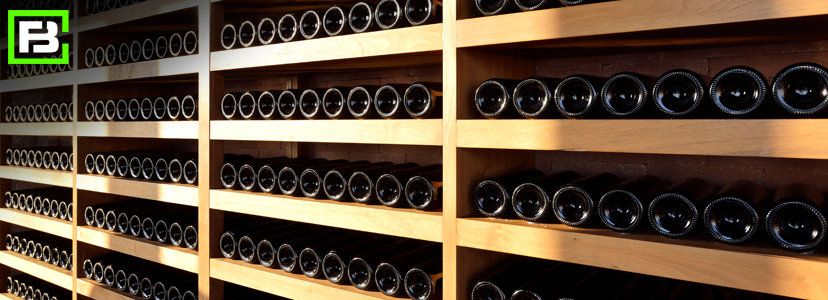
The space designated for wine storage and the size of the lockers are additional construction components to address. Generally, for every square foot of wine storage, a developer should allow an additional four-square feet for aisles, staging and ADA [Americans With Disabilities Act] access.
Clients seeking wine storage will typically fall into two categories: commercial tenants and private collectors. You’ll want to build units in a variety of sizes to accommodate both. Small lockers should typically appeal to private collectors, while units as large as 10-by-10 feet should be considered for commercial tenants.4
Wine-storage lockers can range in size from 2-by-2 feet, which holds 12 to 15 cases, to 8-by-11 feet, which holds up to 400 cases. However, since most clients seek wine storage for case quantities, larger units are most popular. Within a footprint area of 1,000 to 1,200 square feet, generally, consider designing 300 to 360 actual square feet of wine storage.
Wine lockers can be single-, double- and triple-stacked, or use a simple side-by-side layout. They can be constructed in a range of materials from exotic woods to metal and will vary in cost.
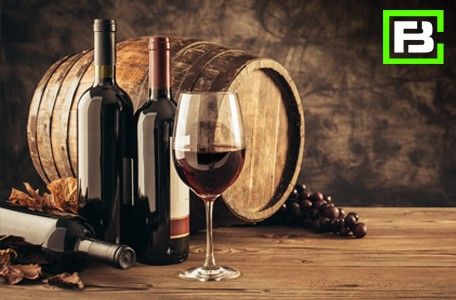 The Décor
The DécorThe décor of the wine storage is another consideration. Some self storage facilities offer tasting rooms as part of the client experience and boast visual aesthetics such as mahogany doorways, vaulted ceilings and chic glassware. Special touches include wine barrels, vineyard murals and decorative furniture.
The facility exterior is super important since this will be the first thing potential clients see. Welcoming features like water displays (fountains, waterfalls, ponds) and outdoor furniture are some creative ways to complement the building. Additional features that can help frame the office include trellises with ivy or grape vines, awnings at entry points, pavers or enhanced concrete, decorative gates and doors.
Once you’ve planned the exterior design, planning for the interior elements that can enhance the marketability of your wine-storage program are also key. Some creative touches can include items such as empty wine barrels, heads staves and hoops to faux wine vats to help play up the theme.
The most important aspect of wine-storage design is the climate. There’s no point in going through any of this unless you can ensure clients’ stored property is perfectly preserved. No expense should be spared here.
Working with Forge Building Company will ensure that we will bring in the necessary experts on refrigeration and climate control for wine storage. Proper temperature and humidity are key in keeping the wine in optimum condition. We will pay attention to the placement of your wine storage area in relation to the sun, limiting exposure on that portion of the facility to save in energy costs.
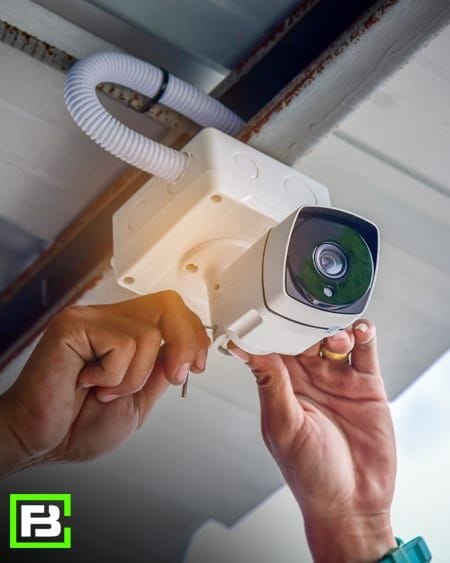 Security
SecurityAnother critical aspect of wine storage is security, not only from the facility owner’s perspective but the client's, too.
Wine storage can make a profitable complement to a traditional self storage operation in the right location. By building or adding wine-storage facilities that feature proper climate and humidity control, ease of access, client perks, and proper security, the wine-storage market can give your bottom line a profitable boost.
When designing wine storage, think about how and where you like to enjoy a glass of wine. An attractive, secure environment that promotes your new offering won’t only differentiate your facility from competitors, it’ll draw in new clients. It can pay greatly to take care of these high-quality clients.
Works Cited
1 Self, K. (2016, January 22). Inside Self Storage. Retrieved from InsideSelfStorage.com: https://www.insideselfstorage.com/wine-storage/adding-wine-storage-self-storage-business-location-design-construction-and-more
2 Bruce Jordon, D. M. (2022, January 21). Inside Self Storage. Retrieved from InsideSelfStorage.com
3 Storable. (2021, August 17). Retrieved from storable.com: https://www.storable.com/resources/learn/wine-self-storage/
4 Diamond, K. (2017, September 3). Inside Self Storage. Retrieved from insideselfstorage.com: https://www.insideselfstorage.com/wine-storage/uncork-success-adding-wine-storage-your-self-storage-facility
